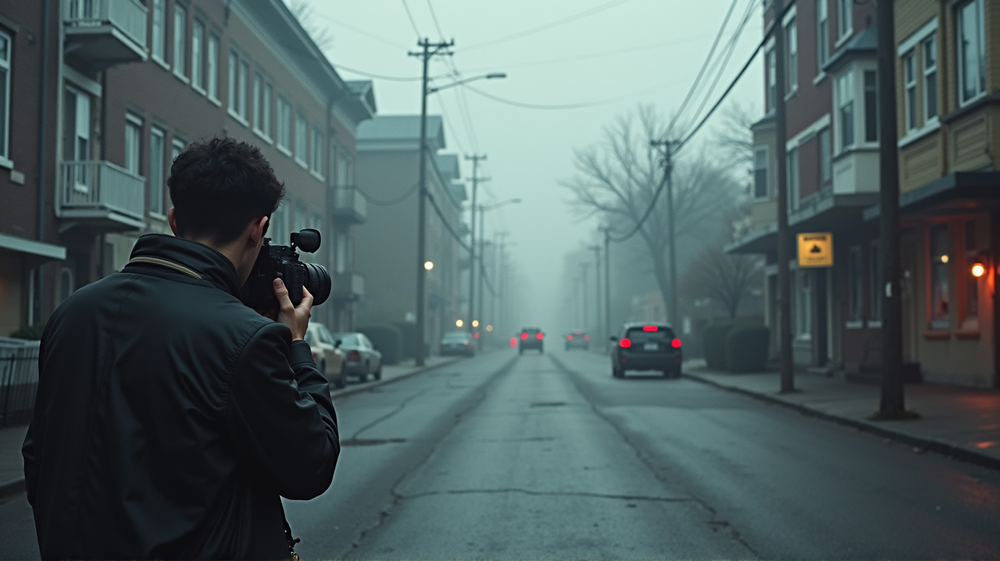In the heart of St. Petersburg, Florida, a unique environmental investigation is underway. A team of researchers led by Gennaro Saliceto from the USF College of Public Health has taken up the challenge of addressing persistent odor pollution troubling the Childs Park neighborhood. In what might appear as an invisible threat, the significance of odor pollution extends beyond its unpleasantness to potential health risks.
The Unseen Threat: Odor Pollution
Residents of Childs Park have long endured unexplained noxious scents interfering with their daily lives. Collaborating with Dr. Amy Stuart and local partners, Saliceto’s study highlights the complexity and potential impact of these odors. “Odor pollution is not just a nuisance but a public health concern,” affirms Saliceto, underscoring the pressing need to understand and mitigate these disruptions.
Mapping the Invisible: A Community Approach
In 2022, the research team commenced their journey by engaging local residents through educational initiatives and interactive mapping exercises. This community-focused strategy aimed to pinpoint potential sources of odors, as the team conducted exhaustive air quality assessments over several months. Nearly 6,000 measurements were taken, identifying elevated levels of pollutants like hydrogen sulfide, a potential health hazard.
Peeling Back the Layers: Investigating Industrial Links
The study’s preliminary findings hint at an industrial correlation, with facilities like concrete plants and chrome plating companies potentially contributing to the odors. Despite community suspicions, confirmed sources remain elusive, as Saliceto emphasizes the complexity in scientifically tracing these emissions. “Further investigation is needed,” he notes, as regulatory bodies continue to monitor the situation.
A Call for Stricter Regulations
The research provokes significant discussions on regulatory measures, urging enhanced oversight of odorous emissions in industrial zones near residential areas. As stated in University of South Florida, Saliceto advocates for policies that factor in odor thresholds, as they significantly influence community perceptions of air quality and life quality.
Pioneering Change and Broader Implications
Saliceto’s contributions resonate far beyond Childs Park. His work not only informs potential legislative changes but also inspires similar initiatives statewide and nationwide. Expressing his enthusiasm, Saliceto remarks, “This research is vital for addressing environmental fairness and public health, driving meaningful change locally and beyond.”
As the investigation progresses, the community awaits further revelations from continuous monitoring and data analysis, pivotal for ensuring a healthier environment for all.













